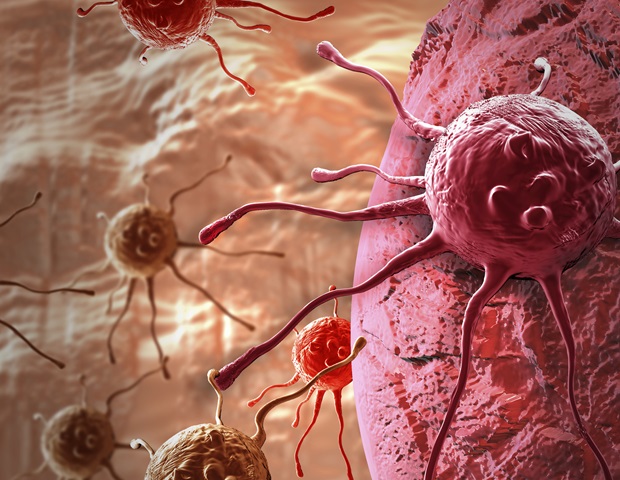A new research paper was published on the cover of Aging (listed by MEDLINE/PubMed as “Aging (Albany NY)” and “Aging-US” by Web of Science) Volume 16, Issue 11, entitled, “Mitophagy and cancer: role of BNIP3/BNIP3L as energetic drivers of stemness features, ATP production, proliferation, and cell migration.”
Mitophagy is a selective form of autophagy which permits the removal of dysfunctional or excess mitochondria. This occurs as an adaptative response to physiological stressors, such as hypoxia, nutrient deprivation, or DNA damage. Mitophagy is promoted by specific mitochondrial outer membrane receptors, among which are BNIP3 and BNIP3L.
The role of mitophagy in cancer is being widely studied, and more specifically in the maintenance of cancer stem cell (CSC) properties, such as self-renewal. Given that CSCs are responsible for treatment failure and metastatic capacity, targeting mitophagy could be an interesting approach for CSC elimination. In this new study, researchers Marta Mauro-Lizcano, Federica Sotgia, and Michael P. Lisanti from the University of Salford describe a new model system to enrich sub-populations of cancer cells with high basal levels of mitophagy, based on the functional transcriptional activity of BNIP3 and BNIP3L.
“Briefly, we employed a BNIP3(L)-promoter-eGFP-reporter system to isolate cancer cells with high BNIP3/BNIP3L transcriptional activity by flow cytometry (FACS),” added the study researchers
The model was validated by using complementary lysosomal and mitophagy-specific probes, as well as the mitochondrially-targeted red fluorescent protein (RFP), namely mt-Keima. High BNIP3/BNIP3L transcriptional activity was accompanied by increases in i) BNIP3/BNIP3L protein levels, ii) lysosomal mass, and iii) basal mitophagy activity. Furthermore, cancer cells with increased BNIP3/BNIP3L transcriptional activity exhibited CSC features, such as greater mammosphere-forming ability and high CD44 levels.
“To further explore the model, we also analyzed other stemness characteristics in MCF7 and MDA-MB-231 breast cancer cell lines, directly demonstrating that BNIP3(L)-high cells were more metabolically active, proliferative, migratory, and drug-resistant, with elevated anti-oxidant capacity. Therefore, high levels of basal mitophagy appear to enhance CSC features.”
Source:
Journal reference:
Mauro-Lizcano, M., et al. (2024). Mitophagy and cancer: role of BNIP3/BNIP3L as energetic drivers of stemness features, ATP production, proliferation, and cell migration. Aging. doi.org/10.18632/aging.205939
Source link : News-Medica

